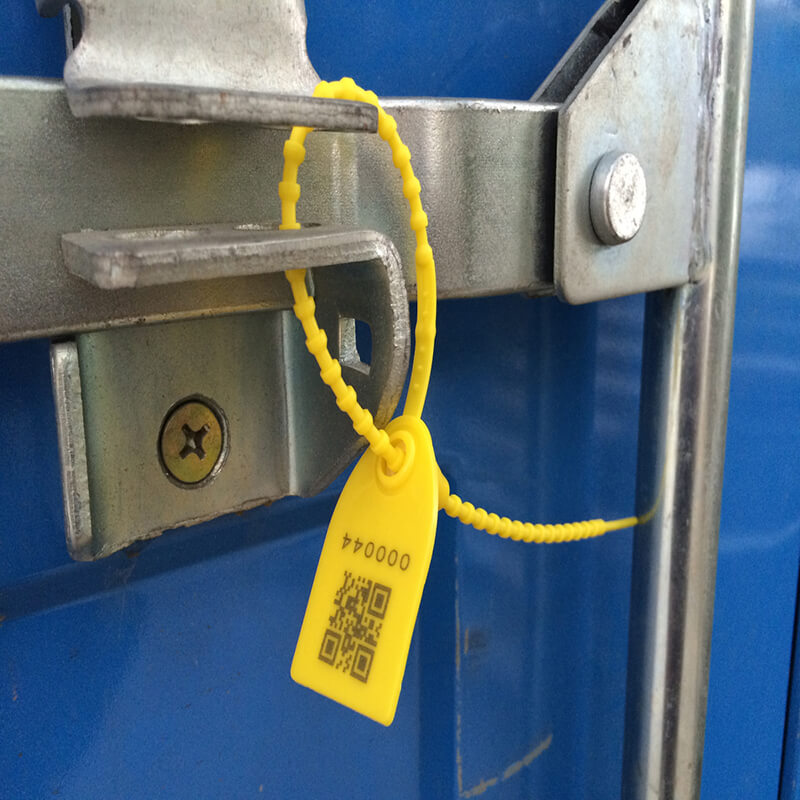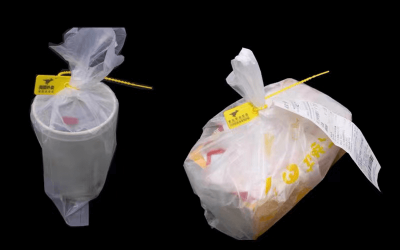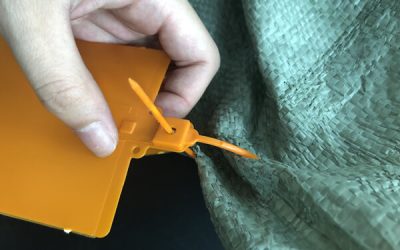Indicative seal
An indicative seal is a seal constructed and manufactured of material that can easily be broken by hand or by using a simple snipping tool or shear.
Generally speaking, all seals are indicative seals. Almost all seals can reveal tampering. You can choose to print text, logo, serial number, even bar code on plastic seal tags.
Based on ISO17712 standard, we classify seals with a tensile strength lower than 231 kg as indicative seals. This type of seal is mainly made of polypropylene, PA66, polyethylene and other materials. The characteristics of the material limit the pull force of the seal. In other words, the plastic seal is an indicative seal with a low-security level.
The advantage of indicative seals is that they are economical and more flexible in application. Especially suitable for some situations that require temporary security. For example, we seal the postal parcels temporarily with a plastic seal, which is easy to open. The plastic seal comes in handy. First of all, people will print some information on the plastic seal to better track the goods. Secondly, plastic seals are tamper-proof. To open the seal, you can only break the seal. If someone attempts to open it, it will leave tampering evidence. In this way, it is actually to prevent the goods from being dropped.
How to open indicative seal?
Some indicative seals you cannot open the seal with bare hands. Generally speaking, you’d better use a pair of scissors or a knife to open it.
While some tear-off style plastic seals, you can easily break them with your hands. The tear-off plastic seal is now more and more popular, especially in the takeaway catering industry. We seal the food package with a tear-off plastic seal to prevent the food from unpacking or contaminating. If someone opens the food bags, it will leave evidence of tampering. This kind of tear-off plastic seal is also very convenient for customers. They only need to remove the plastic seal by hand.
The application range of plastic seals can be said to be the most extensive.






0 Comments